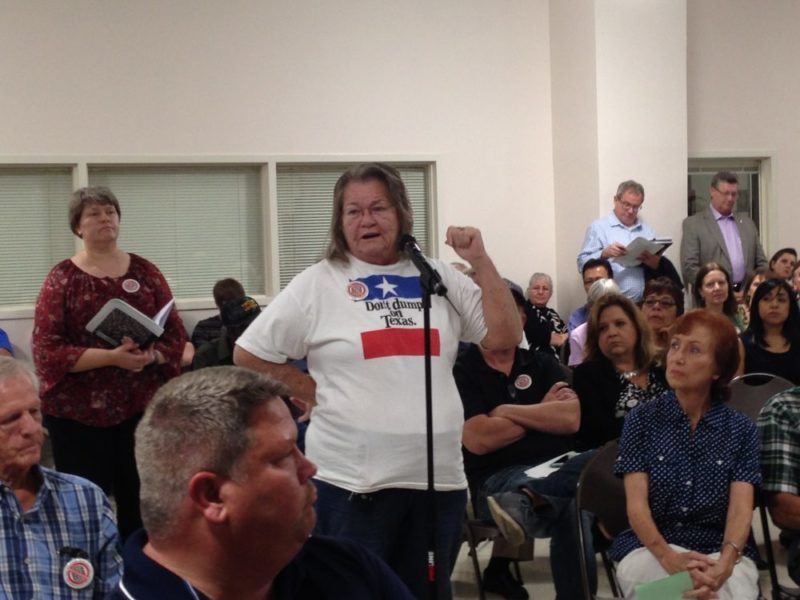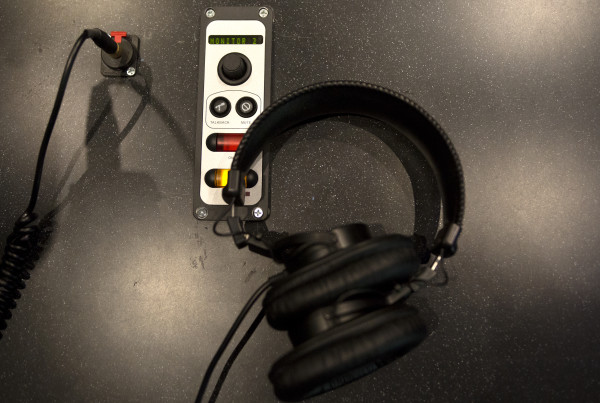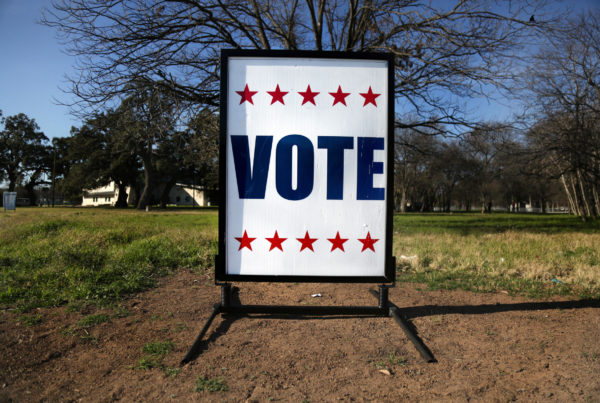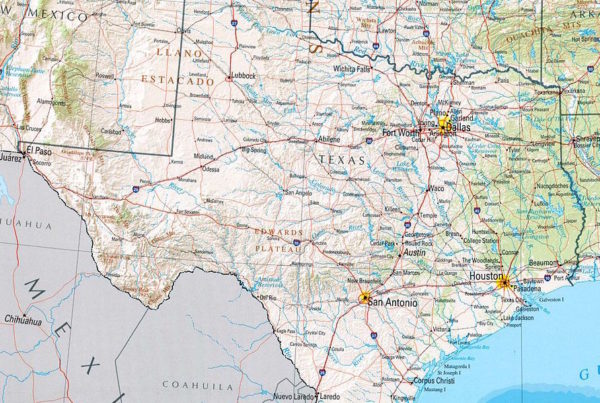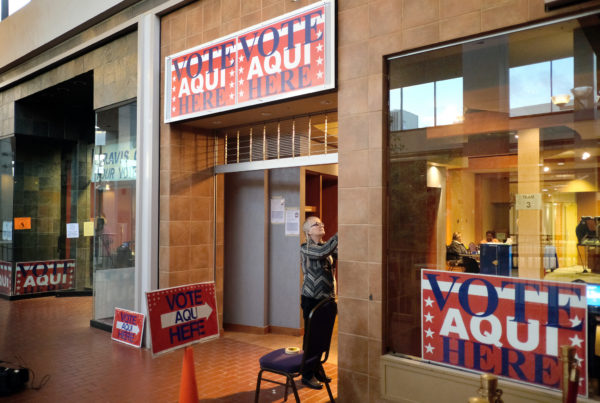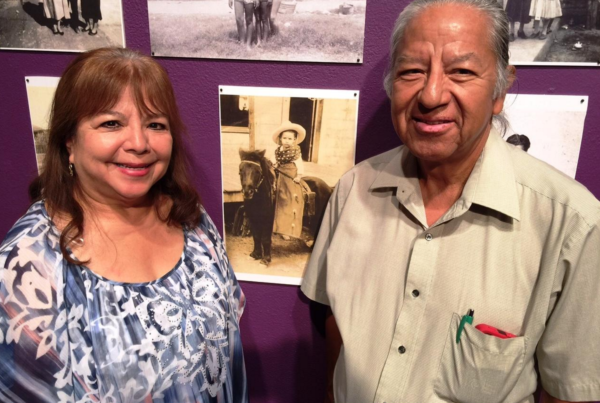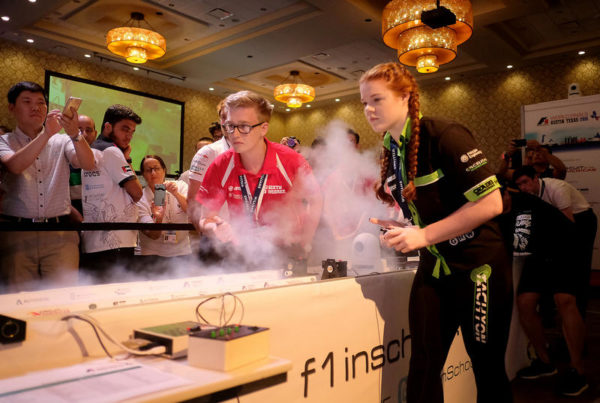From Houston Public Media:
In a packed room with hundreds of residents from Channelview, Lynchburg, Highlands and other towns close to the San Jacinto River, officials from the Environmental Protection Agency (EPA) explained their proposal to clean up the contaminated materials from the waste pits.
The plan would entail removing more than 200,000 cubic yards of toxic waste.
Many residents expressed support for the EPA’s proposal.
One of them was Jessica Woods, who lives in the impacted area and is the executive director of the Highlands-Lynchburg Chamber of Commerce.
“As a resident, as a business owner, as a parent, as a community leader, I also personally support the full removal of this,” Woods said when she took the microphone to provide her comment.
However, others voiced their concerns over the proposal and said that containment of the toxic materials by reinforcing the cap that currently covers the pits could be a better option.
“I’m concerned about digging it up, the trucking of the waste to another location. I’m wondering if there’s not more risk moving it, wrecks, transporting it,” commented Debra Woods, who lives in Seabrook.
Elected officials such as Harris County Attorney Vince Ryan (first from the right) and U.S. Congressman Gene Green (second from the right) also attended the meeting. Both of them support the EPA’s proposed plan to clean up the waste pits.
The waste pits contain dioxin, a toxic chemical that can cause reproductive problems, damage the immune system and cause cancer, according to the World Health Organization.
D.J. Brewer was one of the residents who said she is worried about where the contaminated materials would eventually be stored.
“Where are y’all going to put the waste that y’all are moving? That’s other huge concern I have. Y’all going to put it in those little fifty gallon drums or whatever and go stick it in Maryland or Louisiana?” Brewer asked, as she addressed the EPA representatives.
Samuel Coleman, deputy regional administrator for the EPA’s Region 6, which covers the state of Texas, emphasized at the end of the meeting this part of the process has to focus on feedback from the community.
“We will be pouring through those comments, both technical comments and other comments, to make sure that we have fully considered every suggestion that we receive,” Coleman noted.
The public comment period on the proposal will end on Nov. 28 and Coleman anticipates the EPA will make a final decision in the first half of next year.


